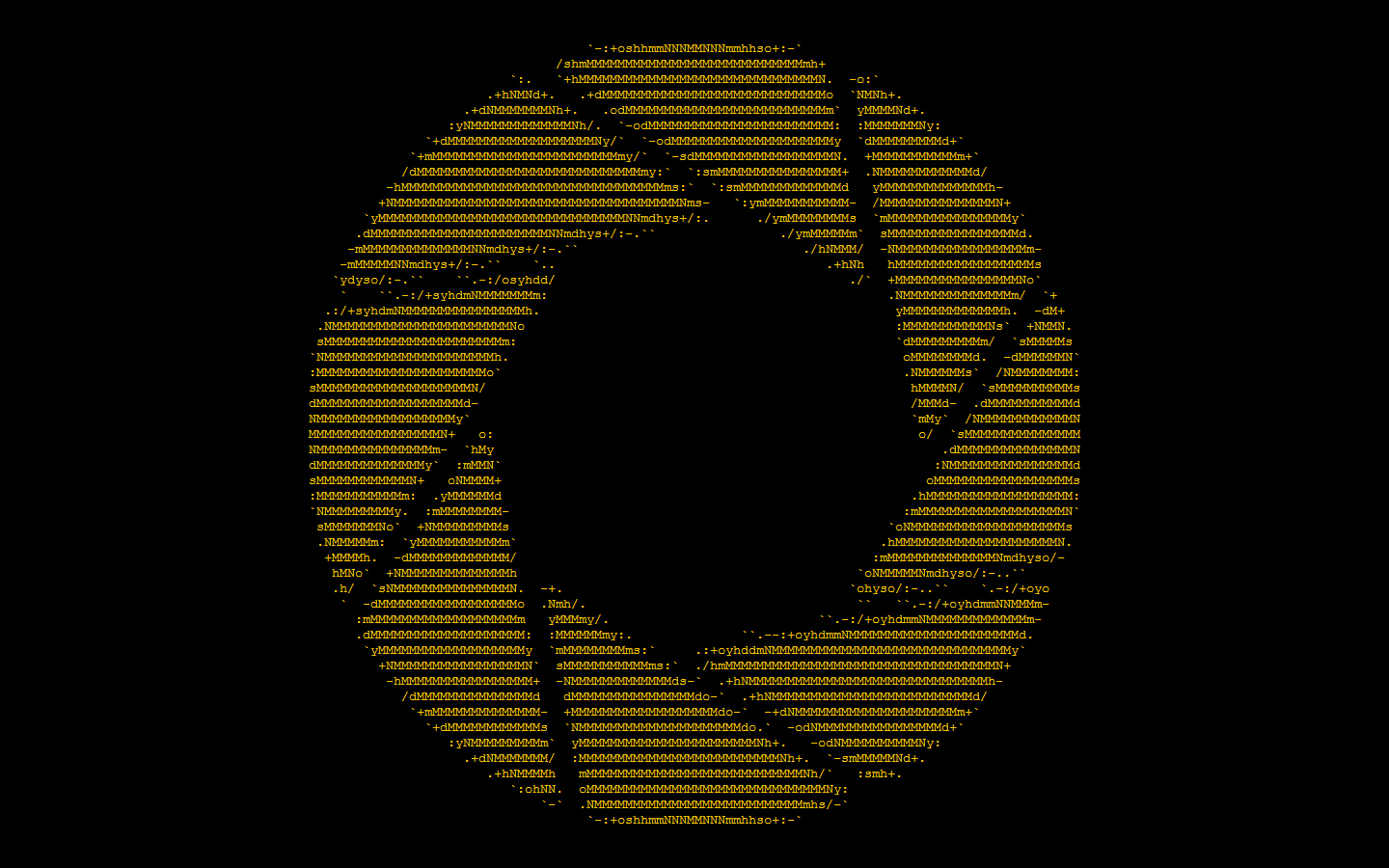

However, these massively segmented mirrors make high-contrast performance very difficult to achieve and stabilize, compared to more common monolithic primaries. These large telescopes will necessarily use segmented primaries to fit in a rocket. The imaging and spectroscopy of habitable worlds will require large-aperture space-based telescopes, to increase the collecting area and the angular resolution. These notional designs allow increased control authority, potentially relaxing spacecraft stability requirements by two orders of magnitude and increasing terrestrial exoplanet discovery space by allowing high-contrast observations of stars of arbitrary brightness. Several sample cases with different values for transmitter power, pointing jitter, and wavelength are presented to illustrate the advantages and challenges of having a non-stellar-magnitude noise limited wavefront sensor for space telescopes. We describe the motivating problem of mirror segment motion and develop wavefront sensing requirements as a function of guide star magnitude and segment motion power spectrum. We present a new wavefront control architecture that translates the ground-based artificial guide star concept to space with a laser source on board a second spacecraft, formation flying within the telescope's field of view. Precision wavefront control on future segmented-aperture space telescopes presents significant challenges, particularly in the context of high-contrast exoplanet direct imaging. Observations of exoplanets missions as a function of potential launch vehicles and their mass and volume constraints. Monolithic and segmented mirror systems needed to enable both general astrophysics and ultra-high contrast A key accomplishment is deriving engineering specifications for advanced normalincidence We have assembled an outstanding team from academia, industry, and government withĮxtensive expertise in astrophysics and exoplanet characterization, and in the design/manufacture of monolithic and

To provide the science community with options, we are pursuing

In a high-performance low-cost low-risk system. We mature technologies required to enable the highest priority science AND result Least a half TRL step six critical technologies required to enable 4 to 8 meter UVOIR space telescope primary mirrorĪssemblies for both general astrophysics and ultra-high contrast observations of exoplanets. The Advance Mirror Technology Development (AMTD) project is a three year effort initiated in FY12 to mature by at


 0 kommentar(er)
0 kommentar(er)
